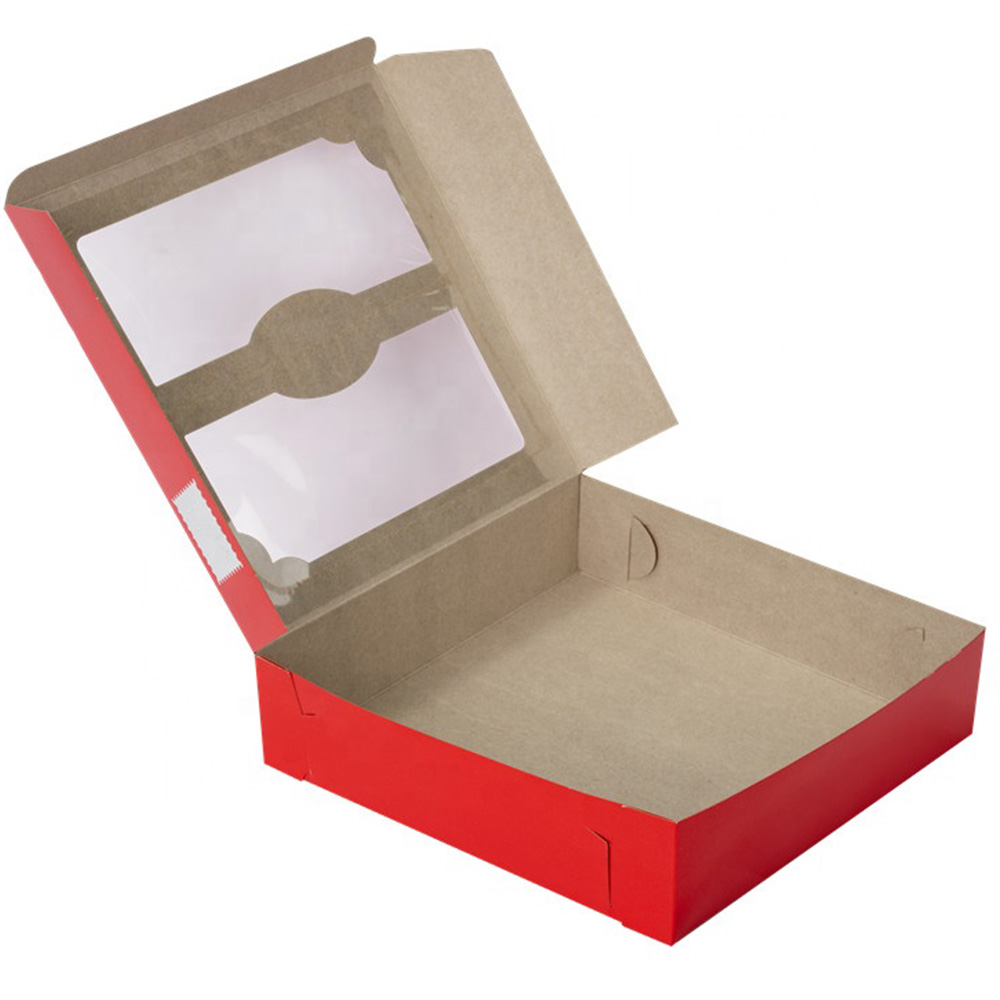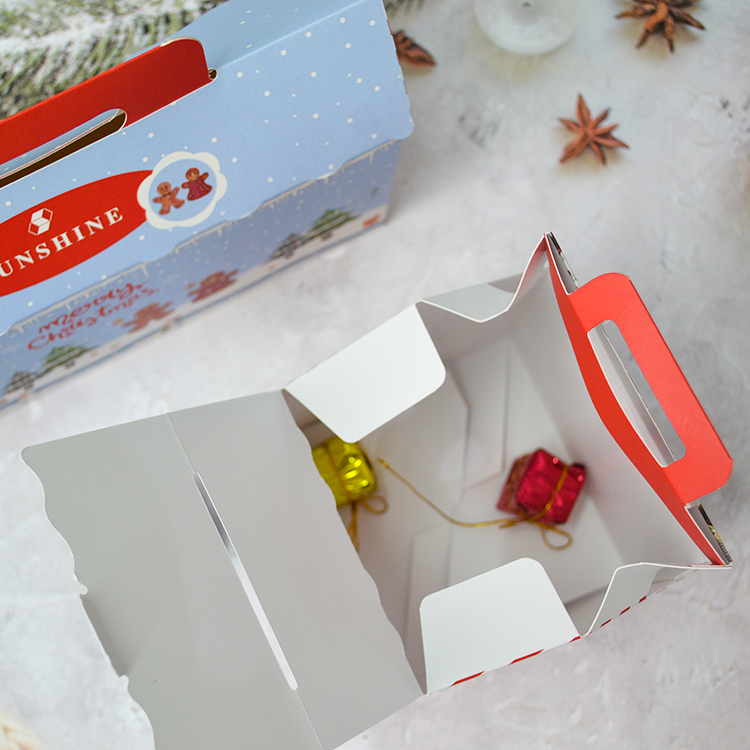Retail packaging has undergone a remarkable transformation in recent years, marking a shift from traditional methods to newer, innovative approaches. This article delves into the advantages, challenges, and potential solutions associated with this evolution, particularly focusing on the pitfalls of the new retail packaging box.
Traditional Retail Packaging Methods

In the not-so-distant past, retail packaging was primarily functional, serving the purpose of protecting products during transit and display. Cardboard boxes, plastic wraps, and simple designs were the norm. However, this approach lacked the flair and finesse needed to captivate customers beyond mere protection.
Emergence of New Retail Packaging Techniques
The rise of new retail packaging techniques brought forth a revolution in design, materials, and functionality. Brands began prioritizing aesthetics, sustainability, and user experience in packaging design. Intricate designs, eco-friendly materials, and interactive elements became prevalent, aiming to enhance brand appeal and customer engagement.
| Aspect | Description |
|---|---|
| Focus | Shift from traditional functional packaging to innovative, customer-centric designs. |
| Design Elements | Incorporation of intricate designs, unique shapes, vibrant colors, and interactive features. |
| Materials | Utilization of eco-friendly, sustainable materials such as biodegradable plastics, recycled paper, or compostable materials. |
| Functionality | Emphasis on both aesthetic appeal and practicality, ensuring ease of use and transportation without compromising visual appeal. |
| User Experience Enhancement | Aim to create memorable unboxing experiences, engaging customers emotionally through personalized touches and storytelling elements. |
| Brand Differentiation | Packaging as a tool to distinguish brands in a crowded market, utilizing packaging as an extension of the brand identity and values. |
| Technological Integration | Incorporation of technology like QR codes, NFC tags, or augmented reality for interactive and informative packaging experiences. |
| Environmental Responsibility | Integration of sustainability into packaging practices, aligning with consumers’ increasing environmental concerns and values. |
| Marketing Strategy | Packaging used as a strategic marketing tool, conveying brand messages, values, and product benefits effectively. |
| Customization and Personalization | Tailoring packaging to specific customer segments, offering personalized touches to enhance customer loyalty and satisfaction. |
| Cost Consideration | Balancing innovative designs and sustainable materials with cost-effectiveness to ensure profitability and affordability. |
| Logistics and Supply Chain | Addressing challenges in logistics, ensuring packaging solutions are scalable, feasible for transportation, and don’t impede supply chain efficiency. |
| Regulatory Compliance | Adherence to legal and regulatory requirements regarding packaging materials, labeling, and environmental impact. |
| Consumer Perception | Understanding and aligning with consumer preferences, ensuring packaging resonates positively with target audiences. |
| Long-Term Sustainability | Striving for long-term viability by embracing evolving trends, anticipating market shifts, and adapting packaging strategies accordingly. |
Sustainability and Eco-Friendly Practices
One significant advantage of the new retail packaging box is its focus on sustainability. With growing environmental consciousness, brands are transitioning towards biodegradable materials, recyclable packaging, and reduced carbon footprints. However, the execution of these intentions often falls prey to greenwashing, where claims of eco-friendliness overshadow the actual impact.
Enhanced Customer Experience
The new packaging aims to create an immersive experience for customers. From unboxing moments to personalized touches, brands seek to forge emotional connections with buyers. Yet, excessive packaging or intricate designs might result in inconvenience or frustration for consumers, contradicting the intended enhancement.
Brand Differentiation and Marketing Strategies
In a competitive market, unique packaging becomes a tool for brand differentiation. However, the race for innovation sometimes neglects practicality. Overly complex designs or unconventional shapes might hinder storage, transportation, and cost-effectiveness.
Environmental Concerns and Greenwashing
Despite the eco-friendly claims, some new retail packaging practices contribute to environmental issues. Excessive use of materials, misleading recyclability claims, and insufficient disposal instructions pose challenges. Balancing creativity and sustainability remains a significant hurdle for brands.
Cost and Production Challenges
While innovation drives new retail packaging, it also brings production complexities and increased costs. Small businesses, in particular, face hurdles in adopting these new methods due to financial constraints and production scalability.
Consumer Perception and Preferences

Consumer preferences often clash with the ideals behind new packaging. While visually appealing, intricate designs might not align with consumer convenience or storage needs. Moreover, consumers are increasingly skeptical of excessive packaging and environmental claims.
Sustainable Materials and Practices
To address the environmental impact, brands must prioritize sustainable materials and transparent practices. Material innovation and proper disposal guidance can mitigate the adverse effects of packaging waste.
Balancing Cost and Innovation
Finding a balance between innovation and production costs is crucial. Collaboration with sustainable material providers and optimizing design for cost-effective production can ease this challenge.
Educating Consumers and Shaping Preferences
Consumer education plays a pivotal role. Brands must communicate transparently about their packaging choices, emphasizing the importance of responsible disposal and supporting sustainable practices.
Conclusion:Retail Packaging Box
The evolution of retail packaging presents a blend of opportunities and challenges. Balancing innovation, sustainability, cost-effectiveness, and consumer preferences remains key. Striking this equilibrium will define the future of retail packaging, shaping a landscape that prioritizes both brand objectives and environmental responsibilities.
FAQs
- Are all new retail packaging boxes eco-friendly?
- Not necessarily. While many new retail packaging boxes aim to be eco-friendly, not all of them achieve this goal. Some may use recyclable materials or claim to be sustainable but might not adhere to true environmentally friendly practices. It’s essential to look for certifications or transparent information about the materials and manufacturing processes to verify their eco-friendliness.
- How can businesses balance innovation and cost-effectiveness in packaging?
- Balancing innovation and cost-effectiveness in packaging requires careful planning and strategic decision-making. Businesses can explore options like optimizing packaging designs to reduce material usage, sourcing sustainable yet cost-effective materials, investing in efficient production processes, and collaborating with suppliers to find the right balance between innovation and affordability.
- What role do consumer preferences play in shaping packaging trends?
- Consumer preferences significantly impact packaging trends. Shifts towards eco-friendly, minimalist, or functional designs often stem from consumer demand. Brands pay close attention to consumer feedback, market research, and changing behaviors to adapt their packaging strategies. As consumer awareness about sustainability and convenience increases, it influences packaging trends towards more environmentally friendly and user-centric approaches.
- Are there regulations in place to ensure truthful eco-friendly claims in packaging?
- Yes, various regulations and certifications exist to validate eco-friendly claims in packaging. Organizations like the Sustainable Packaging Coalition, Forest Stewardship Council (FSC), and others offer certifications that verify sustainable practices. Additionally, governmental bodies in different countries enforce regulations and standards to prevent false or misleading eco-friendly claims, promoting transparency and authenticity in packaging.
- What steps can consumers take to support sustainable packaging practices?
- Consumers can contribute to sustainable packaging practices by making informed choices. Opting for products with minimal or recyclable packaging, properly disposing of recyclable materials, supporting brands with transparent sustainability initiatives, and advocating for environmentally friendly practices through social media or community engagement can drive positive change in the retail packaging landscape.
